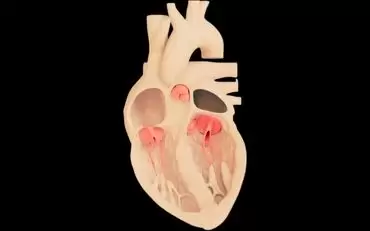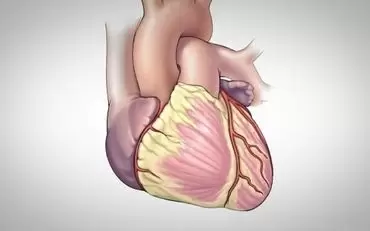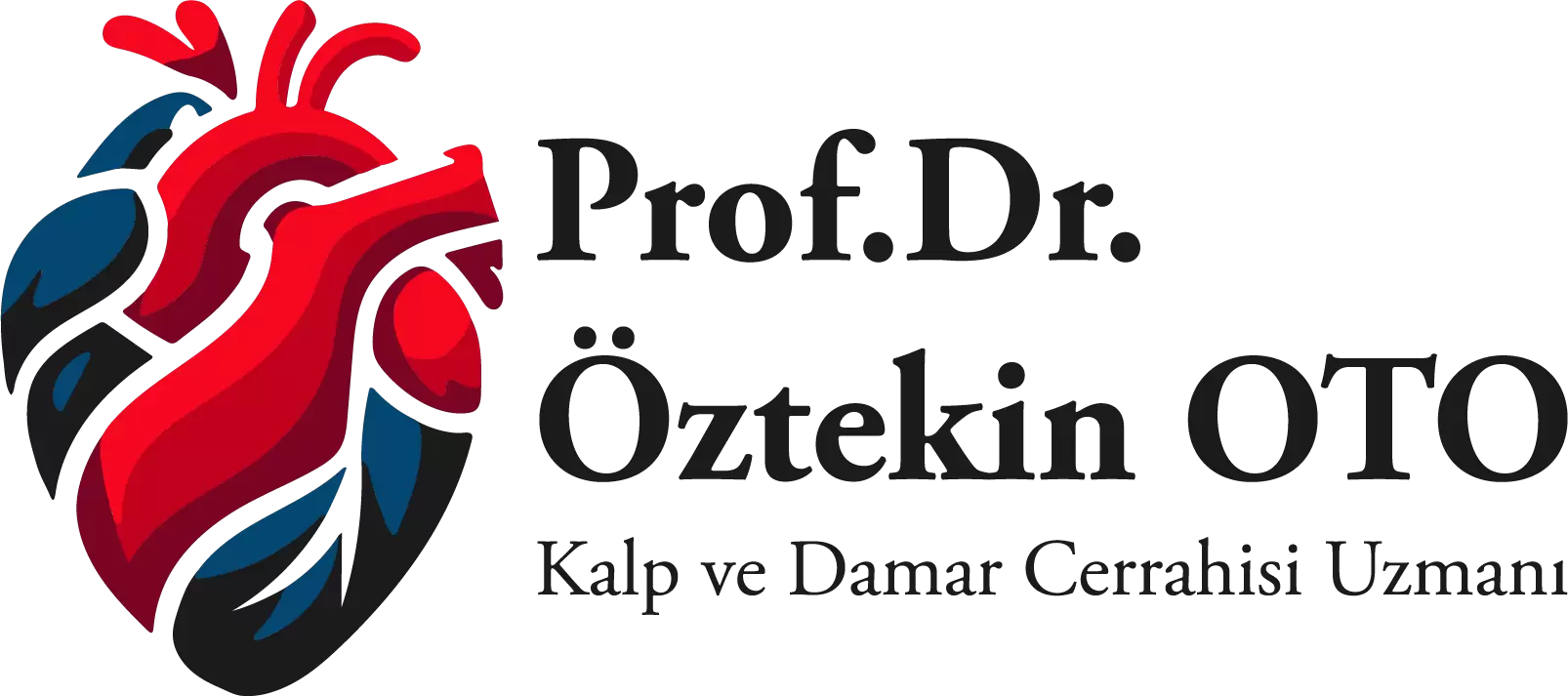
29 Oca
Heart Attack
Son değiştirilme tarihi: 08 Oca 2026
A heart attack occurs when there is a blockage in the coronary arteries, which are the vessels that feed the heart, and this blockage leads to death=infarction in the region of the heart muscle that this blockage feeds in the heart. In other words, in order for a heart attack to occur, there must be a stenosis in the vessels supplying the heart beforehand and this stenosis must progress and block the vessel wall to the extent that almost no blood can pass through.
Coronary arteries, which are the vessels supplying the heart, are blocked by arteriosclerosis
Atherosclerosis is a disease caused by a combination of certain risk factors. These risk factors are: Smoking, high blood fats (high cholesterol), high blood pressure (hypertension), diabetes, family history, type A personality, obesity, male gender, menopause, age (over 40), stress. Therefore, for a heart attack to occur, a narrowed heart vessel is required first. This develops over the years. Even a slight contraction of an already narrowed artery due to thirst, heat, mild stress or a heavy meal can lead to death in the region of the heart muscle supplied by that artery. This is called a heart attack.
As a result, heat alone or stress alone is not a factor that can cause a heart attack in a healthy person.
Intervention in heart attack does not show seasonal changes. It should be applied rapidly and correctly regardless of summer or winter. The standard practice in developed countries is that the resuscitation teams in charge of this work are called quickly and only these teams perform the resuscitation process. In this way, the mistakes of random medical practices in the neighbourhood can be avoided. In our country, the practice of 112 in big cities is an effective and successful example of this, but one that needs to be developed and supported.
Although summer heat is not a factor on its own, it can be regarded as a severe stress factor that can lead to complete narrowing in a patient with coronary artery disease, i.e. in a patient who has developed some occlusive arteriosclerosis in the coronary arteries. Therefore, contact with heat in the summer months may accelerate the crisis in these heart patients.
The first sign of an attack is severe chest pain. When chest pain occurs, it may be advisable to rest and lie down immediately. (In our example, it is possible to continue walking after chest pain.) Regardless of the cause of this pain, medical official help should be called (not the nearest doctor in the neighbourhood).
As can be understood from all the above information, diagnosis, treatment and precautions should be applied before the crisis, during the disease and in case of increased risk factors rather than during the crisis. Because the mortality rate during myocardial infarction = heart attack is 20-30% until reaching the hospital and 10-20% after reaching the hospital. If taken as a total, the mortality rate in the first 24 hours as a result of the crisis is between 30 and 50 per cent. The first figures here are new and the second figures are old statistics. Therefore, the important thing is to prevent or prevent the crisis. This is possible only if patients with high risk factors for atherosclerosis come to the cardiac examination, do not run away, and do not neglect. And in this kind of screening, not only plain resting ECG but also exertional
ECG (treadmill test) is required. Athletes should also be examined in real terms, not on paper, when their licences are signed by a doctor as healthy, and they should especially be subjected to a stress test. Heavy training in healthy people does not cause a heart attack. If there is a pre-existing disease, a heart attack can occur.
The presence of the defibilator in large hotels, airports, railway stations, aeroplanes is an important treatment tool that will speed up the process of resuscitation of the patient whose heart has stopped. The first is without moving at all (stand style), and the second is fibrillated, that is, by fluttering. When it is detected to be fibrillated or fibriated as a result of a strategy of resuscitation, an electric shock is given to the heart with a defibilator. Thus, it can be restored to a normal rhythm.
Related Articles

Minimally Invasive Heart Valve Surgery
Valve diseases are quite common in the society affecting all age groups. There are 4 chambers in the..
Read More
What is Varix?
Varix is a severe disease of the veins mostly delayed in treatment as it is generally considered as ..
Read More
Coronary Bypass Operations
Heart is composed of a muscular tissue which is pumping blood to the body. Coronary arteries are the..
Read More




